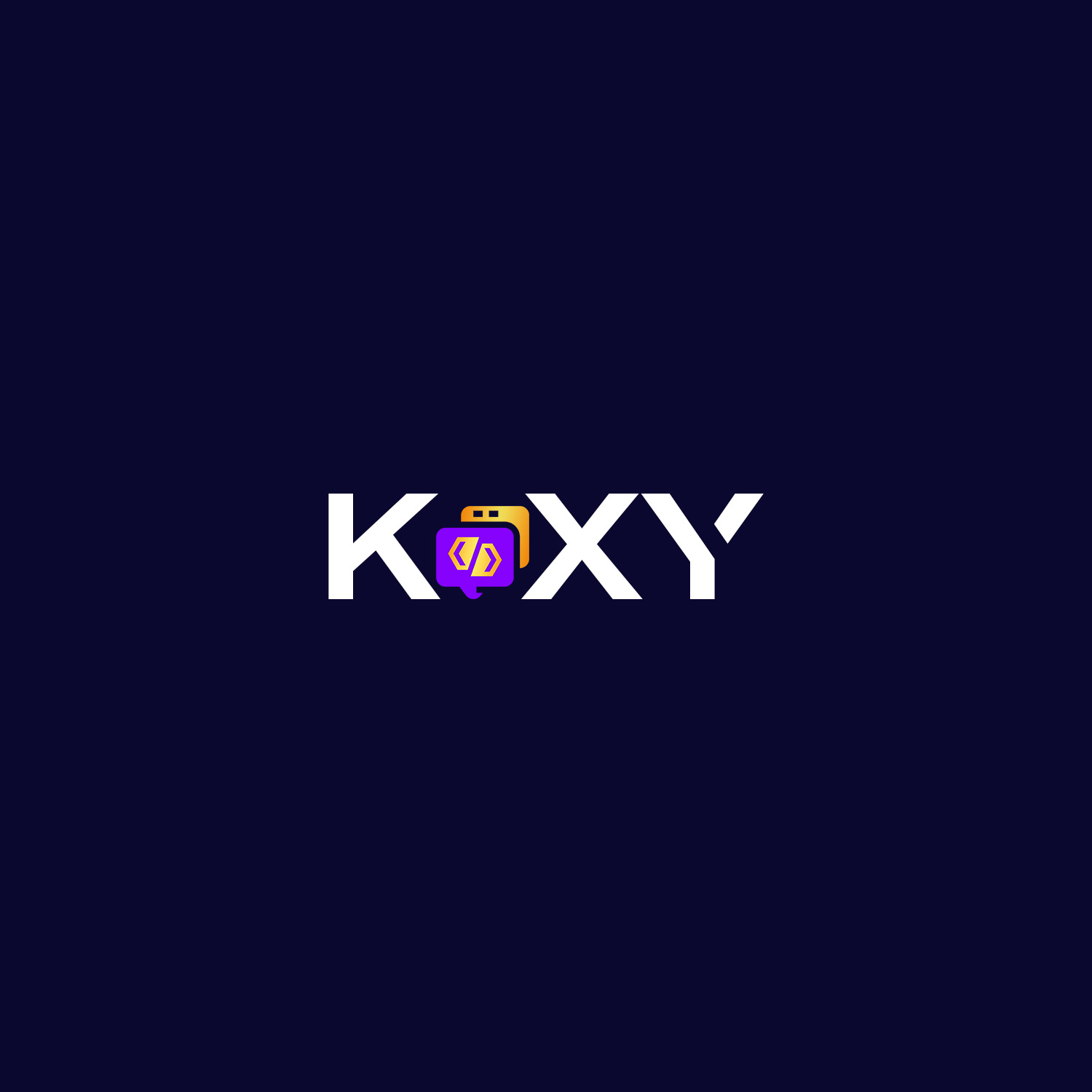Demystifying Contract-to-Contract Messages in Ethereum Blockchain
 Tech with Koxy
Tech with Koxy
Earlier last week, the idea that contracts could communicate with one another seemed like a far-fetched concept to me. However, during my recent self-study sessions, I unearthed the intriguing realm of "Contract-to-Contract Messages" within the Ethereum blockchain.
Today, let's unravel this fascinating aspect and explore how deployed contracts engage in meaningful conversations.
Introduction to Contract-to-Contract Messages:
In the dynamic landscape of blockchain technology, the ability of deployed contracts to communicate with each other brings a new dimension to decentralized systems. Imagine a network of smart contracts interacting seamlessly, each executing its unique function while collaborating with others within the Ethereum global scope. This phenomenon is made possible through what we call "Contract-to-Contract Messages."
Understanding the Basics:
At its core, Contract-to-Contract Message involves one deployed contract sending messages to others within the Ethereum blockchain. These messages are comparable to transactions or "internal transactions," they enable a level of communication and coordination that extends beyond the individual capabilities of each contract.
Transactions and Their Significance:
To comprehend Contract-to-Contract Messages, it's crucial to grasp the concept of transactions. Transactions, essentially are cryptographically signed instructions, generated by contract accounts or externally owned accounts. The distinction lies in externally owned accounts being controlled by private keys without associated code, whereas contract accounts are governed by their specific code.
These transactions undergo serialization before being submitted to the blockchain, serialization is a process that converts the transaction's data structure into a sequence of bits. This serialized data is what facilitates the integration of the transaction into the Ethereum blockchain.
Distinguishing Account Types:
Externally owned accounts are accounts tied to private keys, they lack associated code and are mainly controlled by individuals. On the other hand, contract accounts derive their functionality from the code associated with them. Understanding this differentiation lays the foundation for comprehending the Complexities of Contract-to-Contract Messages.
Internal Transactions and Gas Considerations:
As contracts communicate through messages, it's noteworthy that internal transactions do not have a gas limit Unlike external transactions, where gas limits are crucial, the execution of internal transactions relies on the gas provided by the external transaction triggering the contract.
The absence of a gas limit in internal transactions allows for flexible and dynamic communication between contracts. However, it introduces the possibility of a message execution running out of gas. In such cases, the execution will revert, leading to a reversal of not only that specific message execution but also any subsequent messages triggered by it.
Conclusion:
The revelation of Contract-to-Contract Messages opens a gateway to a more interconnected and collaborative landscape within the Ethereum blockchain. Understanding how smart contracts communicate enriches our comprehension of decentralized systems, it also emphasizes the importance of coordination and cooperation in the world of blockchain technology.
As we all continue to explore the vast landscape of different blockchain terms, Contract-to-Contract Messages serve as a testament to the evolving nature of decentralized communication.
Subscribe to my newsletter
Read articles from Tech with Koxy directly inside your inbox. Subscribe to the newsletter, and don't miss out.
Written by

Tech with Koxy
Tech with Koxy
Progress Ochuko Eyaadah(Koxy) is a Software Developer and Technical Writer based in Nigeria. She is passionate about providing solutions with technology.